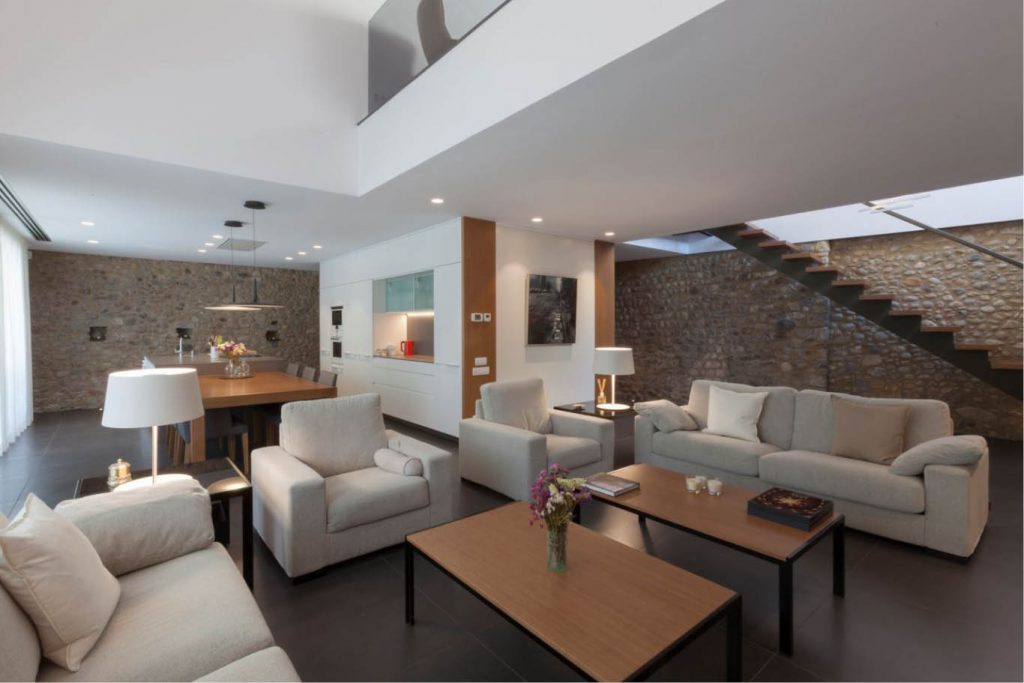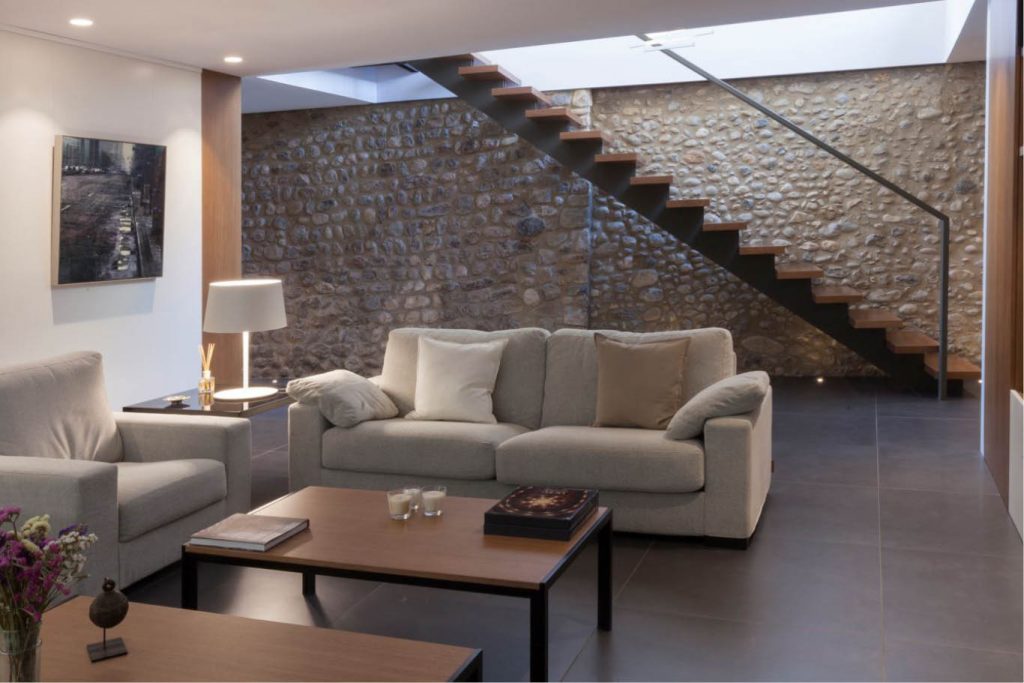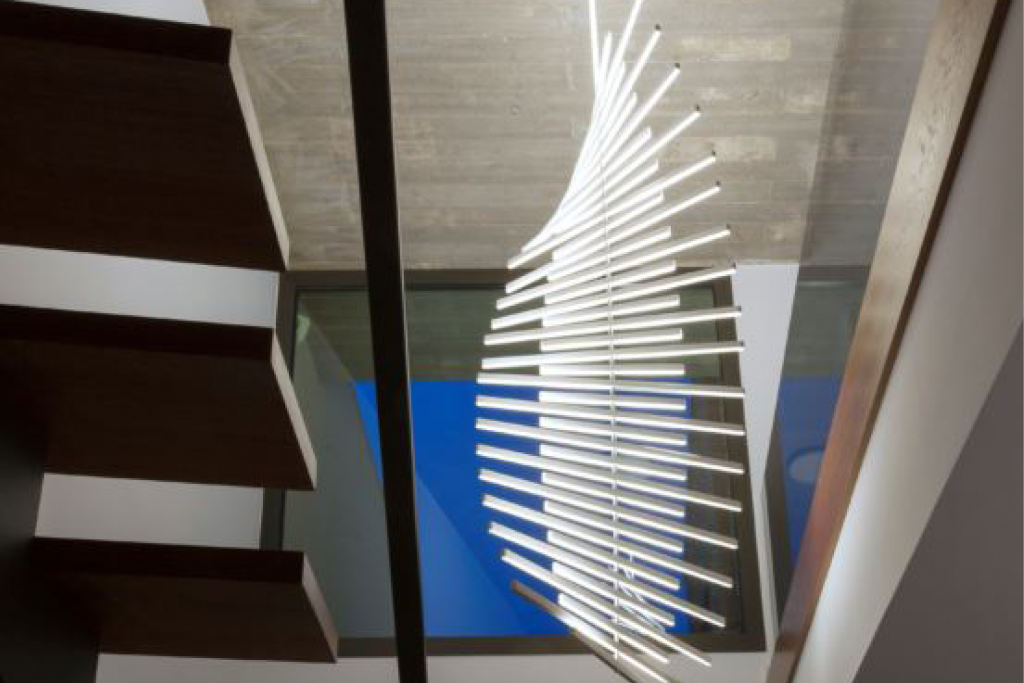
We chat to Teresa Casas, chair of the General Council of Official Associations of Interior Decorators and Designers in Spain (CGCODDI), about the state of the profession and how it has changed due to globalisation and social networks. She offers an analysis of the relationship between interior designers and architects, highlighting how interior design is adopting and adapting to values such as sustainability and efficiency.
How would you describe the state of your profession in Spain and in Europe?
After the long economic crisis in Spain that had a huge impact on us, our profession is now recovering its place in society. The building sector is on the mend and demand for our services is also increasing. Interior design can be seen as a type of social service that is necessary for people to be able to improve their living space, wherever they may be. Clients have a new perspective today on our profession. In Spain and especially in Europe, interior designers talk about spaces, light, volumes, requirements and functional solutions. Ornamentation, fake trends and personal egos are all on the wane. Responsibility and commitment to our trade is our priority.
Aspects that were perhaps undervalued before such as sustainability, energy efficiency, recycling, waste, ergonometrics and the importance of tailoring interior spaces have been important across Europe for some time now, and have started to gain traction in Spain too.
How has the relationship between interior designers and architects evolved? What is it like today?
In my own experience, the professional relationship between interior design and architecture is a healthy one, working together and, with a few exceptions, based on mutual respect. The image of the two professions at times being in confrontation or there being doubts about interior design in the architectural sphere is, I believe, a thing of the past; I think they now work in tandem and, basically, want the same thing. We don’t get architecture that merely strokes an architect’s ego, especially on façades where it is at its most visible, nor do we get interior décor that merely seeks out an ornamental, media-friendly and trend-based approach, which many designers have been accused of.
If architecture and interior design are there to solve needs and provide solutions from their own professional and specialisation fields, I think that we are much stronger when we work together, or at least when we respect each other’s work. Right now as architects and designers, we can provide the people with what they really want, with a commitment to service and a common-sense approach, alongside the honesty and responsibility expected of us. How we approach our professions is what counts the most.

How are current new technologies and digitisation impacting interior design?
New technologies and digitisation are hugely important tools today to be the best we can at our jobs. In just a few years, we have taken huge leaps and it has been hard work to get up to speed with technologies that are constantly and rapidly evolving.
For me at least, it’s important to get the initial input down on paper. For me, it is a more direct connection to those first ideas you have when designing a project. Nonetheless, we can then offer undeniably better solutions for both individual and industrial clients who will carry out the work by using computers and digital tools, as well as 3D printing and other technology linked to our field.

Social networks have changed your professional a lot…
Social networks have changed society a lot, including our profession. On a positive note, they introduce people to interior design, making it more popular, accessible and necessary. We can put our projects on there and become more visible for people. On the negative side, publishing fake information from unethical non-professionals creates a distorted view of what an interior designer does and has a damaging impact for users, creating confusion about the profession itself. In general, I think when social networks are used properly they are modern tools with a bright future in the 21st century, but we need to learn how to handle them and select which ones suit us best to show what our profession does.

Has there been a globalisation of interior design?
Yes, globalisation occurs as we are ever more connected to each other around the globe. We can work in any country with ease, or import and export materials, objects and technologies that can be procured and used easily around the world. This expands our knowledge in the broadest of senses, but what I find really interesting is that we can take advantage of the side of globalisation that enables us to meet and move around whilst remaining respectful of locations and local elements, with references to highly diverse realities around the globe that should be protected and preserved.
Our projects may be international but wherever we work, we cannot ignore the inherent features of a location, a landscape and the surroundings. If we do, we will end up with mere clones of houses, shops and offices, and it won’t matter if we travel from one country or another to discover different cultures—everywhere will look the same. Unfortunately, this is already happening and we need to turn this around for everyone’s sake.
Are there global trends or are things ever more fleeting and local?
There are global trends but in reality, the guidelines set by markets can end up having the opposite effect, with many designers refusing to follow rules set by just a few. Interior designers have to prioritise attitude and common sense in their projects, giving spaces longevity, using quality materials and providing serious solutions that match what people need. Trends often follow marketing over anything else and we need to find a balance between what is media-driven and what is authentic.

